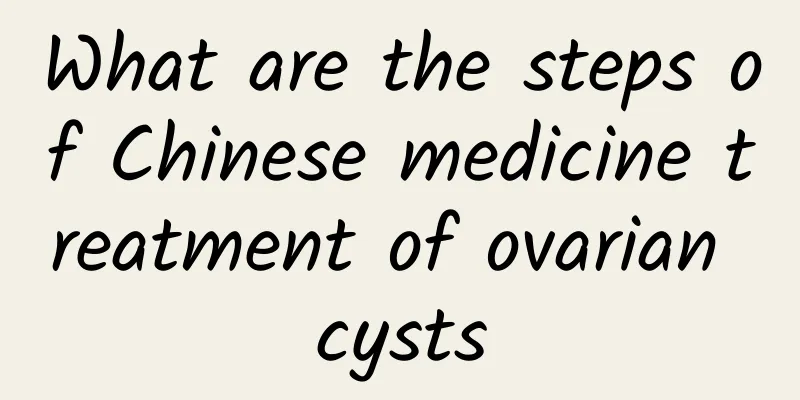The harm of having uterine fibroids after marriage. Can you get pregnant with uterine fibroids after marriage?

|
Among gynecological diseases, uterine fibroids are the most common benign tumors in women and one of the most common tumors in the human body. But even if it is benign, it is still a tumor. We should know more about this disease and do a good job of prevention. So, what if you have uterine fibroids after marriage? Can you get pregnant? Generally speaking, if you have uterine fibroids after marriage, it will affect women's normal pregnancy, so it must be treated as soon as possible. Uterine fibroids are common benign tumors of the female reproductive organs. Because fibroids can affect the entry of sperm into the uterine cavity, submucosal fibroids are prone to infect the endometrium, which is not conducive to the implantation of fertilized eggs. Giant multiple uterine fibroids can easily squeeze the interstitial part of the fallopian tube, hinder the passage of sperm, lead to infertility, and have a certain impact on female fertility. Even if the patient survives pregnancy, the incidence of spontaneous abortion is about 20%. Fibroids affect the implantation of fertilized eggs and the development of the placenta, leading to placenta previa, placental abruption, and placental adhesion. If fibroids restrict the movement of the fetus in the uterus, the fetal position will be abnormal; if fibroids hinder the connection of the fetal presenting part, the fetal membranes will rupture prematurely. Fibroids are located behind the placenta, and the incidence of prenatal bleeding is high. How do you know the symptoms of uterine fibroids? Let's take a look: 1. Pain: Generally, patients have no abdominal pain, but often have lower abdominal swelling, back pain, etc. When the pedicle of the subserosal fibroid is twisted, the fibroid will turn red, the abdominal pain will be severe, and there will be fever. 2. Menstrual changes: The most common symptoms are shortened menstrual cycle, increased menstrual volume, prolonged menstruation, irregular vaginal bleeding, etc. Increased leucorrhea: Increased leucorrhea, sometimes with a large amount of purulent and bloody discharge and slough-like tissue discharge with a foul odor. 4. Abdominal mass: abdominal distension, swelling in the lower abdomen, accompanied by a sagging feeling. If you need to take medicine, be sure to buy it from a regular pharmacy and use it in appropriate amounts under the guidance of a doctor. |
Recommend
Common examination items for vulvar leukoplakia
Vulvar leukoplakia is a common gynecological dise...
What are the symptoms of uterine fibroids in the elderly? What are the hazards of uterine fibroids in the elderly?
How to treat uterine fibroids in the elderly? Wha...
Women should undergo pre-abortion examinations in advance
Modern people's minds are open, resulting in ...
Can you still get pregnant after an ectopic pregnancy?
Can you still get pregnant after an ectopic pregn...
Several better methods of treating uterine fibroids
Uterine fibroids are a gynecological disease that...
How much does Bartholinitis surgery cost?
The key to treatment is early stage. Some patient...
There are many tests for endometrial tuberculosis.
Although more and more female friends are infecte...
Can women with amenorrhea be cured?
Can women with amenorrhea be cured? Experts sugge...
New understanding of cervical erosion
In daily life, people often hear the term "c...
Is menstrual back pain normal?
Menstruation generally refers to menstruation. Wh...
Precautions for pelvic inflammatory disease care
Pelvic inflammatory disease is a common gynecolog...
What are the causes of adnexitis?
What are the causes of adnexitis? Experts explain...
Is it normal for vaginal discharge to be green sometimes? It is very abnormal
Leucorrhea indicates the health of women. If the ...
What medicine should I take for uterine fibroids and adenomyosis? What is the difference between adenomyosis and uterine fibroids?
What medicine should I take for uterine fibroids ...
Family members must promptly detect the symptoms of patients with cervical hypertrophy
In recent years, with the increasing incidence of...









